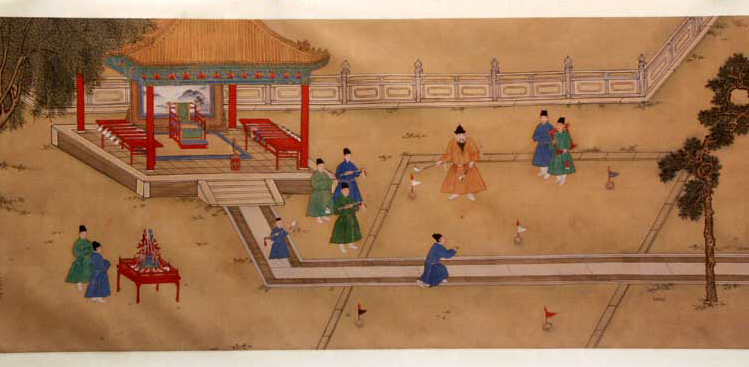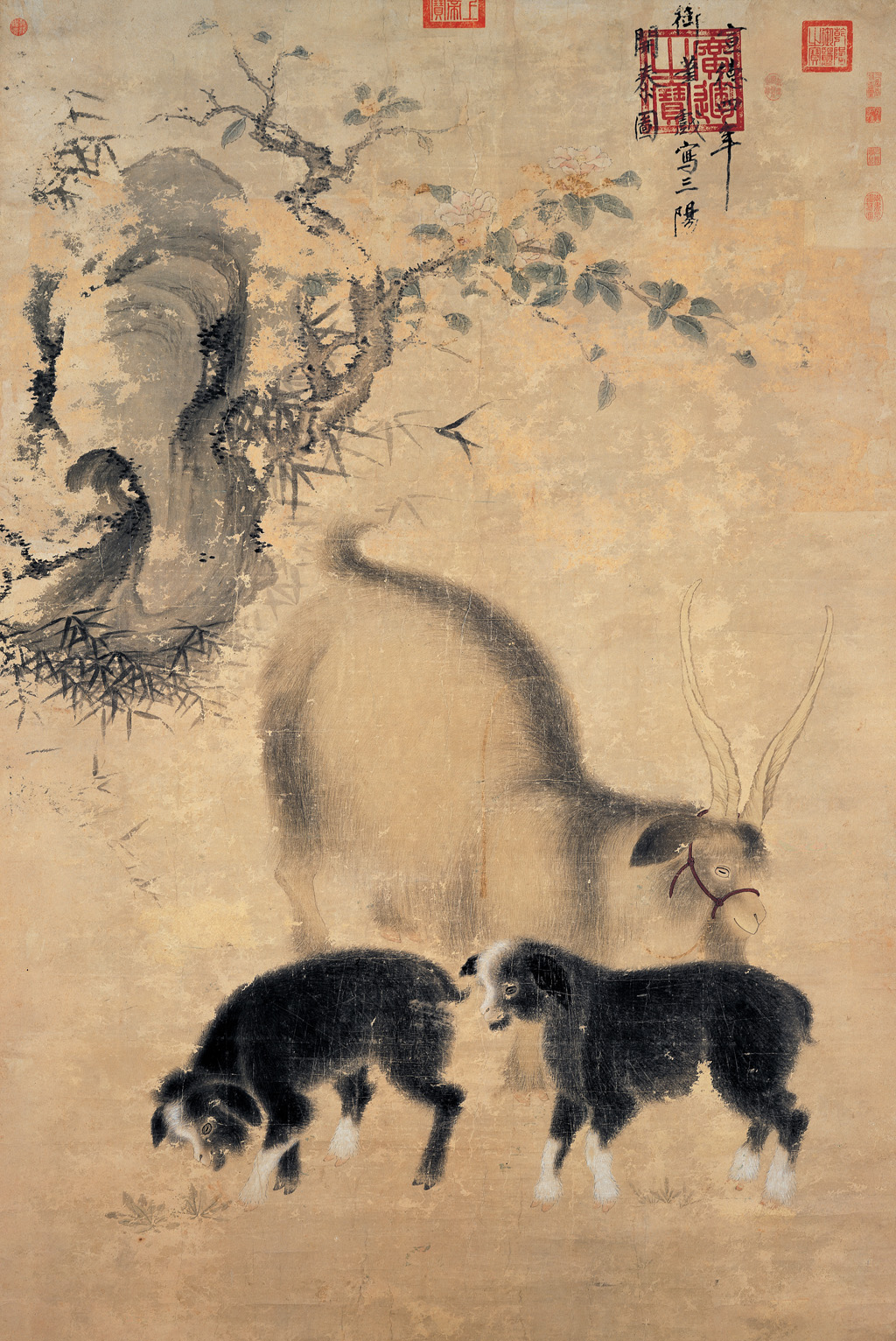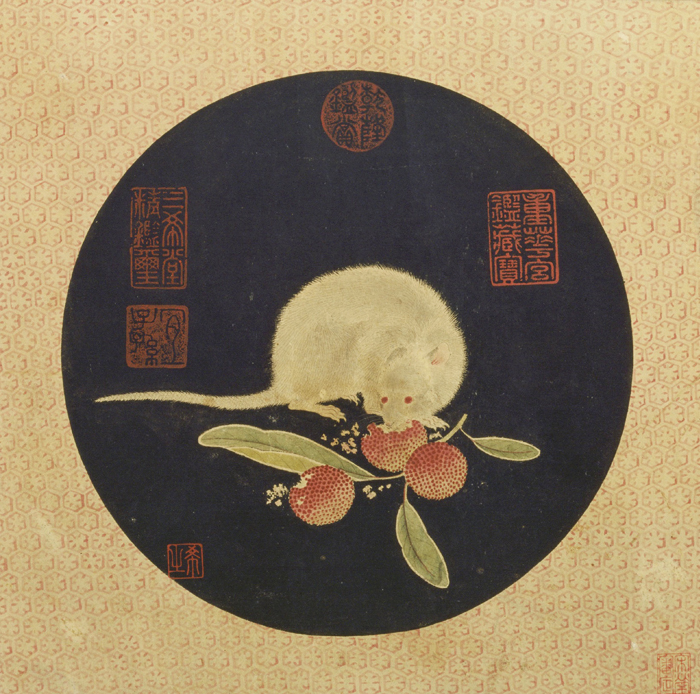Do click on the artwork to see it’s beauty!
To paraphrase Monty Python, now for something really different! I did not find an X for my Renaissance artists, but I did find an artist living in China at the time of the Italian Renaissance, and he piqued my interest. Xuande was an Emperor of China who also happened to be a talented artist.

His real name is Zhu Zhanji (1399-1436) and he was the eldest son of the Hongxi Emperor; Xuande’s father had been educated by Confusions tutors and had ordered the capital be moved back to Nanjing from Beijing. It is not surprising that Xuande himself was fond of poetry, literature and art, but he preferred Beijing over Nanjing as his residence and ruled from there. One of his notable accomplishments is that he permitted Zheng He, well known as a great Chinese explorer since the publication of Biography of Our Homeland’s Great Navigator, Zheng He, to lead the last of his maritime expeditions to the Indian Ocean.


The Chinese at that time had invaded Annam, the country known now as Vietnam, but the Chinese garrisons suffered heavy losses at the hands of the Ammanese (70,000 men alone in 1427), so the Chinese forces withdrew and Xuande eventually recognized the independence of Annam.

He also battled with the Mongols to the north, but during his reign, China’s diplomatic relations with Japan improved and relations with Korea were generally good (with the exception of resentment on the part of the Koreans for having to send virgins to the Ming court’s harem!). This emperor reformed the rules governing military conscription and the treatment of deserters. The huge tax burdens had caused many to leave their farms in the past forty years were changed in 1430, when the Xuande Emperor ordered tax reductions on all imperial lands and sent out representative to coordinate provincial administration and exercise civilian control over the military. Xuande fought natural calamities, safeguarded the borders and patronized the arts. So by all measures the Xuande Emporer was a good ruler. His ten years as Emperor were for the most part peaceful and are considered the Ming Dynasty’s Golden Age

In the Emperor’s Approach, Xuande is traveling through the Countryside, in all the luxury in to which the emperor was entitled. Elephants were kept in the imperial elephant stables until around 1900. Here, the large number of horsemen suggests the emperor was on a longer journey in the countryside.

The Xuande Emperor was known as an accomplished painter, particularly

skilled at painting animals. Some of his art work is preserved in the National Palace Museum in China. I have also included two scenes from his life painted by court artists. . The Emperor also sponsored improvements in the manufacturing of ceramics, which led to the world famous Ming porcelain.

Xuande Emperor died of illness at age 36, after ruling only ten years.
![]()

Always fun to learn new things, thanks for sharing 🙂
This was a stretch! I’m looking forward to getting back to regular blogs about writing, books and life observations,
Very different, indeed. I like the vase. Also, good to know that during his reign relations with the neighboring countries improved. A skilled artist and politician.
For only 10 years reigning, he led quite a life! And I’ll be glad for normal blogging myself 🙂